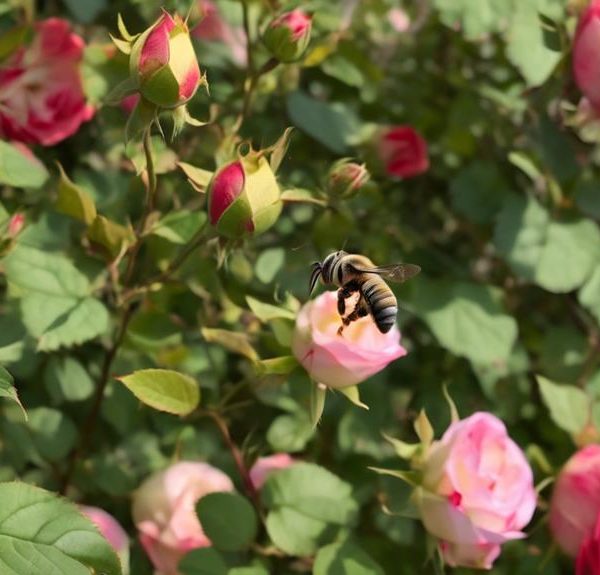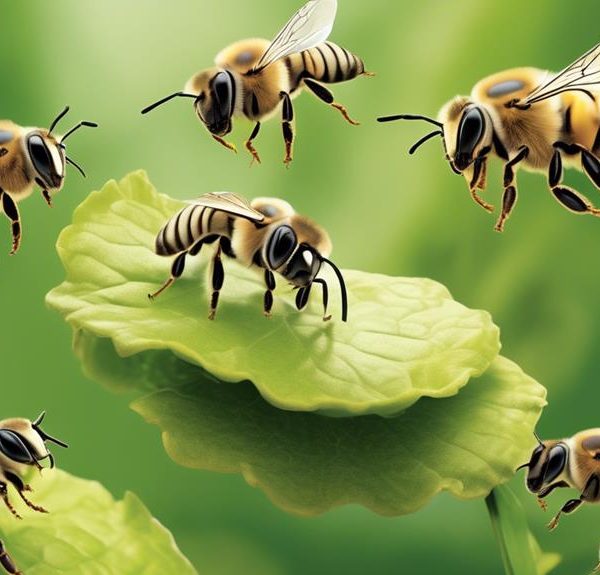Amidst nature's intricate web, discover the surprising predators of leafcutter bees and the factors that influence these seemingly simple food chain relationships.
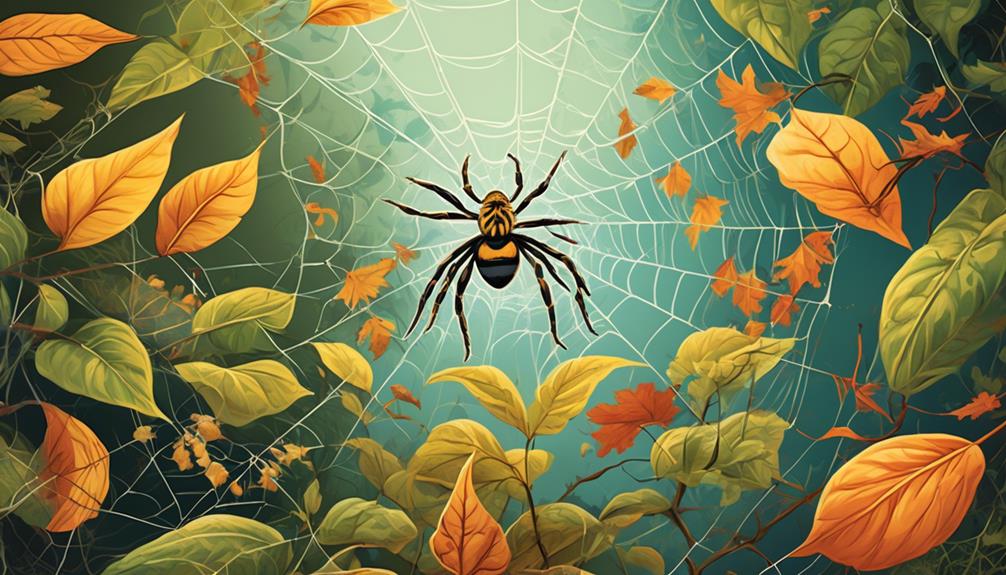
What Eats Leafcutter Bees
Have you ever wondered about the intricate web of nature's food chain, specifically regarding the predators of the humble leafcutter bee?
You're about to embark on an enlightening journey through the lives of these industrious insects and the creatures that rely on them for sustenance.
Birds and insects alike feature prominently in the lineup of threats to leafcutter bees. However, it's not as straightforward as it seems, with certain factors influencing which creatures pose a danger.
Prepare to uncover the surprising intricacies of this small, but significant, corner of the natural world.
Key Takeaways
- Leafcutter bees face a variety of predators, including birds, dragonflies, wasps, spiders, and parasitic insects.
- Birds, such as sparrows, starlings, and robins, are particularly adept at catching and feeding on leafcutter bees.
- Insect enemies like parasitic wasps, robber flies, and ants also pose threats to leafcutter bees.
- The impact of predation on leafcutter bee populations can result in a decline in their numbers, disrupting their role as important pollinators and affecting plant species and other animals in the ecosystem.
The Life Cycle of Leafcutter Bees
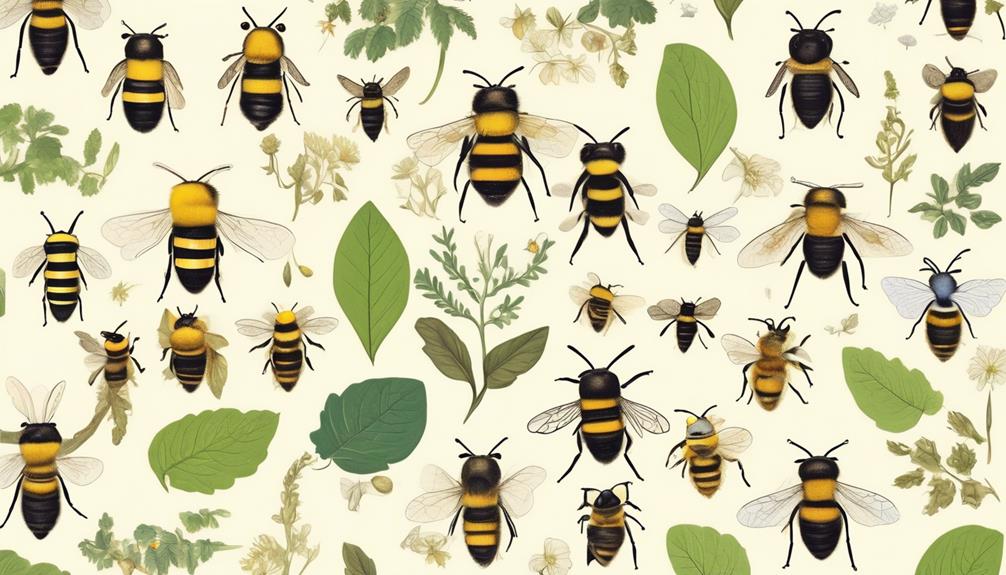
Diving into the intriguing life cycle of leafcutter bees, you'll find it's a process that's both complex and fascinating, subtly intertwined with the ecosystems they inhabit. These bees are solitary creatures, each female independently building her own nest, often in decaying wood or in the ground. The nests are intricate, constructed with leaves that the bees meticulously cut with their strong mandibles.
The life cycle begins when a female bee lays an egg on a provision of pollen and nectar, and then seals it within a leaf cell. The larvae hatch, consuming the food stock before entering a pupal stage. Here, they transform into adults, remaining in their cells until they chew their way out, ready to start the cycle anew.
It's interesting to note that leafcutter bees have a shorter life span than their honeybee counterparts. They live for only about two months during the summer, with the females outliving the males. This fleeting existence, however, doesn't diminish their impact on the ecosystem. They're vital pollinators, with a single leafcutter bee capable of doing the work of several honeybees. Their life, while short, is undeniably significant.
Common Predators of Leafcutter Bees
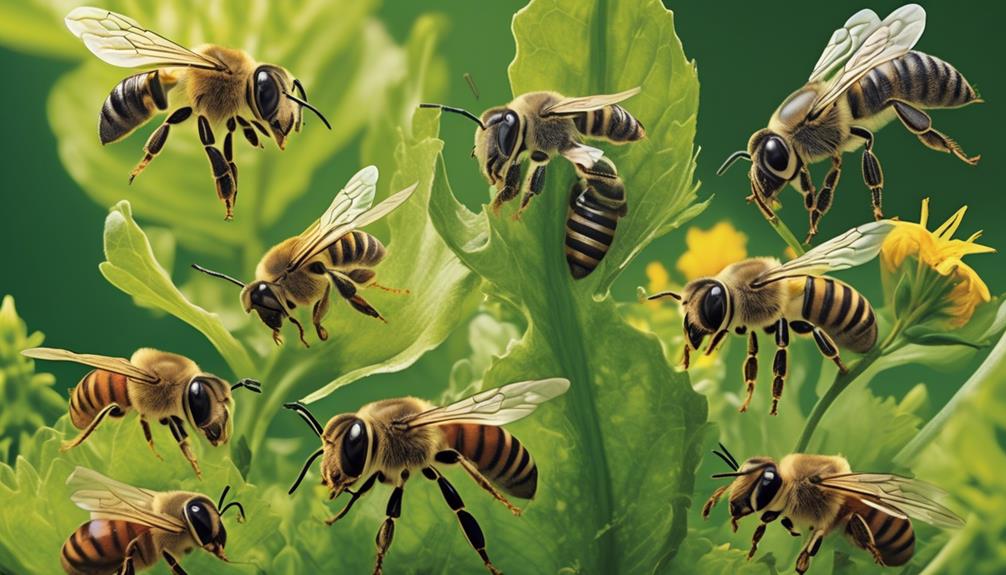
While the leafcutter bees' brief yet impactful life is an ecological marvel, it's equally important to understand the various predators they face in their natural habitats. Take a closer look into the world of these industrious insects, and you'll find a host of predators lurking around.
Predominantly, birds are a key threat to leafcutters, attracted by their size and the potential of a protein-rich meal. You may find sparrows, finches, and robins feasting on these bees. Swift aerial predators, like dragonflies, also pose a significant danger, capturing leafcutters mid-flight with alarming precision.
Insect predators are no less menacing. Notably, the 'bee wolf' wasp is a formidable adversary. This insect gets its name from its hunting tactics, attacking leafcutter bees, paralyzing them with a venomous sting, and taking them to their burrow as food for their larva. Spiders, too, are a threat; their webs ensnaring unsuspecting leafcutters.
Lastly, even in their own homes, leafcutters aren't safe. Parasitic insects such as cuckoo bees and beetles lay their eggs inside leafcutter nests, their offspring feeding on the leafcutter larvae or their food stores.
Birds as Leafcutter Bees' Predators
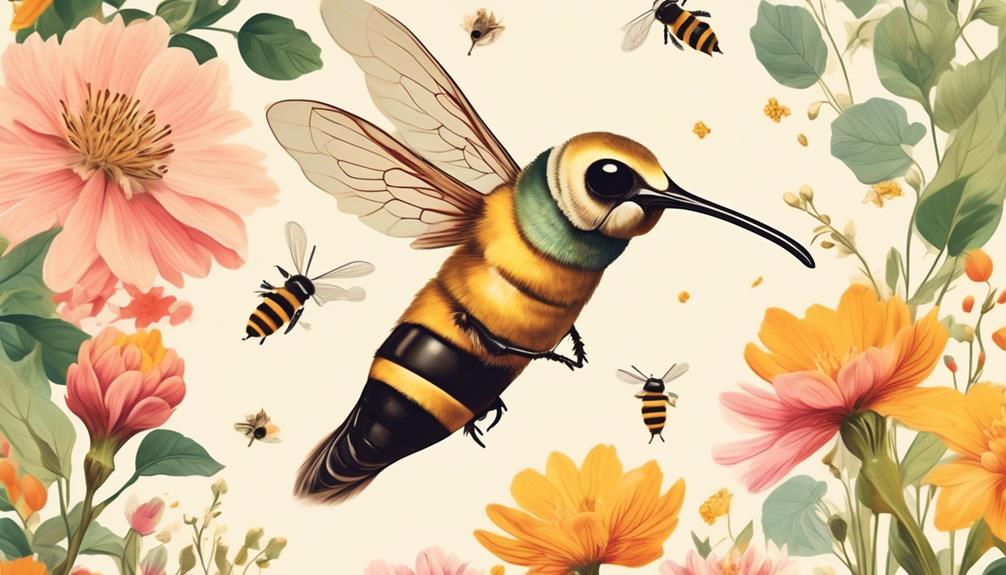
In the vast world of avian predators, leafcutter bees often find themselves the prey of several bird species due to their size and nutritional value. Why? These bees are a rich source of protein that birds need for growth and survival.
You should know that not all birds pose a threat to these bees. Only specific bird species, such as sparrows and starlings, have adapted to feed on leafcutter bees. These birds have evolved with keen eyesight and sharp beaks perfect for spotting and capturing their bee prey.
Let's take a moment to delve into a few bird species that commonly prey on leafcutter bees:
Bird Species | Predatory Behavior |
|---|---|
Sparrows | Known for their sharp beaks and quick flight, sparrows can easily catch leafcutter bees mid-air. |
Starlings | Starlings use their keen eyesight to spot leafcutter bees, often feeding on them during the bees' active hours. |
Robins | Robins, with their sharp beaks, are quick to snatch leafcutter bees off leaves and flowers. |
Insect Enemies: Other Threats to Leafcutters
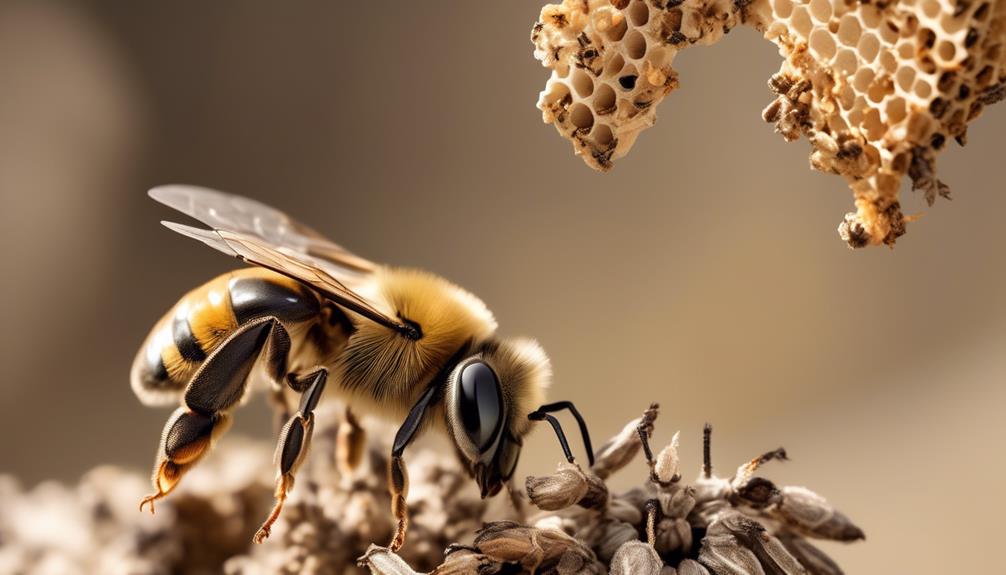
Beyond the realm of avian predators, leafcutter bees also face threats from various insect enemies, each armed with their unique predatory strategies. You may be surprised to learn that one of their most menacing foes is the parasitic wasp. These crafty insects lay their eggs in the leafcutter's nests, where their larvae feed on the bee's offspring and stored food.
Another formidable enemy is the robber fly. With their keen eyesight and swift flight, they're equipped to seize leafcutters mid-air, injecting them with paralyzing venom before feasting on their insides. Other threats include spiders, who create intricate webs to trap unsuspecting leafcutters, and ants that invade their nests in search of food.
Yet, it's not all about physical threats. Leafcutters are also at risk from fungal infections, which can devastate entire colonies by spreading quickly through close quarters. The Varroa mite, too, poses a danger, feeding off the bee's blood and transmitting deadly viruses.
Impact of Predation on Leafcutter Population
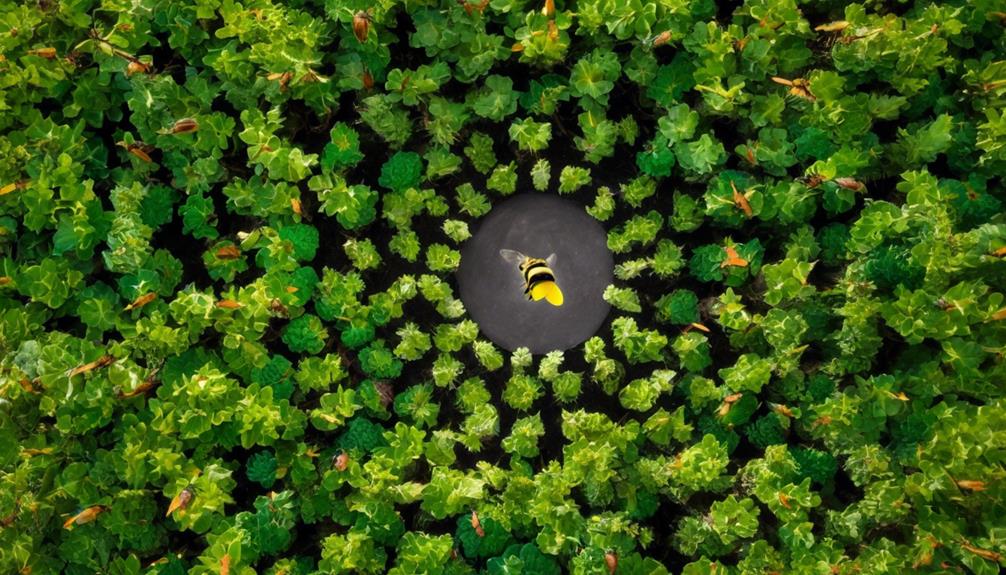
Given these numerous predators and threats, it's clear how they can significantly impact the population of leafcutter bees. Predation can cause a drastic reduction in their numbers, affecting not only the bees themselves but also the ecosystems they inhabit.
Predators like wasps, birds, and spiders, as well as parasitic flies and beetles, prey on leafcutter bees at various stages of their life cycle. When the number of these predators increases, it can lead to a high mortality rate among leafcutters, particularly affecting the immature stages. This heightened predation can cause a swift decline in the bee population.
Predation also disrupts the bees' essential role in the ecosystem. Leafcutters are prolific pollinators, and their decline can lead to decreased pollination of many plant species. This, in turn, can impact other animals that depend on these plants for food and habitat, leading to a ripple effect across the food chain.
Furthermore, infestations by parasitic mites can weaken leafcutter bees, making them more susceptible to diseases and less able to reproduce. This can exacerbate the reduction in their population, further undermining their ecological role.
Conclusion
In conclusion, you've seen the life cycle of leafcutter bees and their common predators, including birds and other insects. These threats significantly impact leafcutter populations.
Understanding these dynamics is crucial for maintaining a balanced ecosystem. Remember, each creature, no matter how small, plays a vital role in our environment.
Let's continue to explore and appreciate the complex interrelationships in nature, including those of the industrious leafcutter bees.

